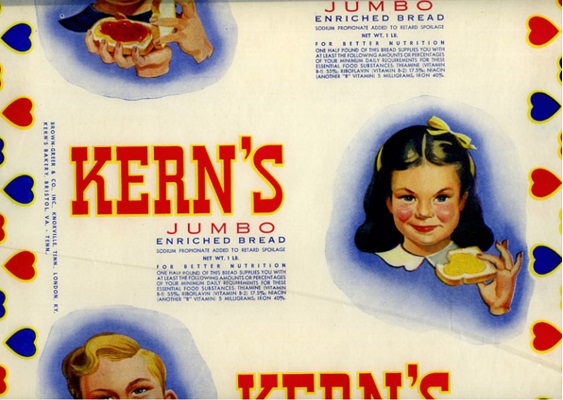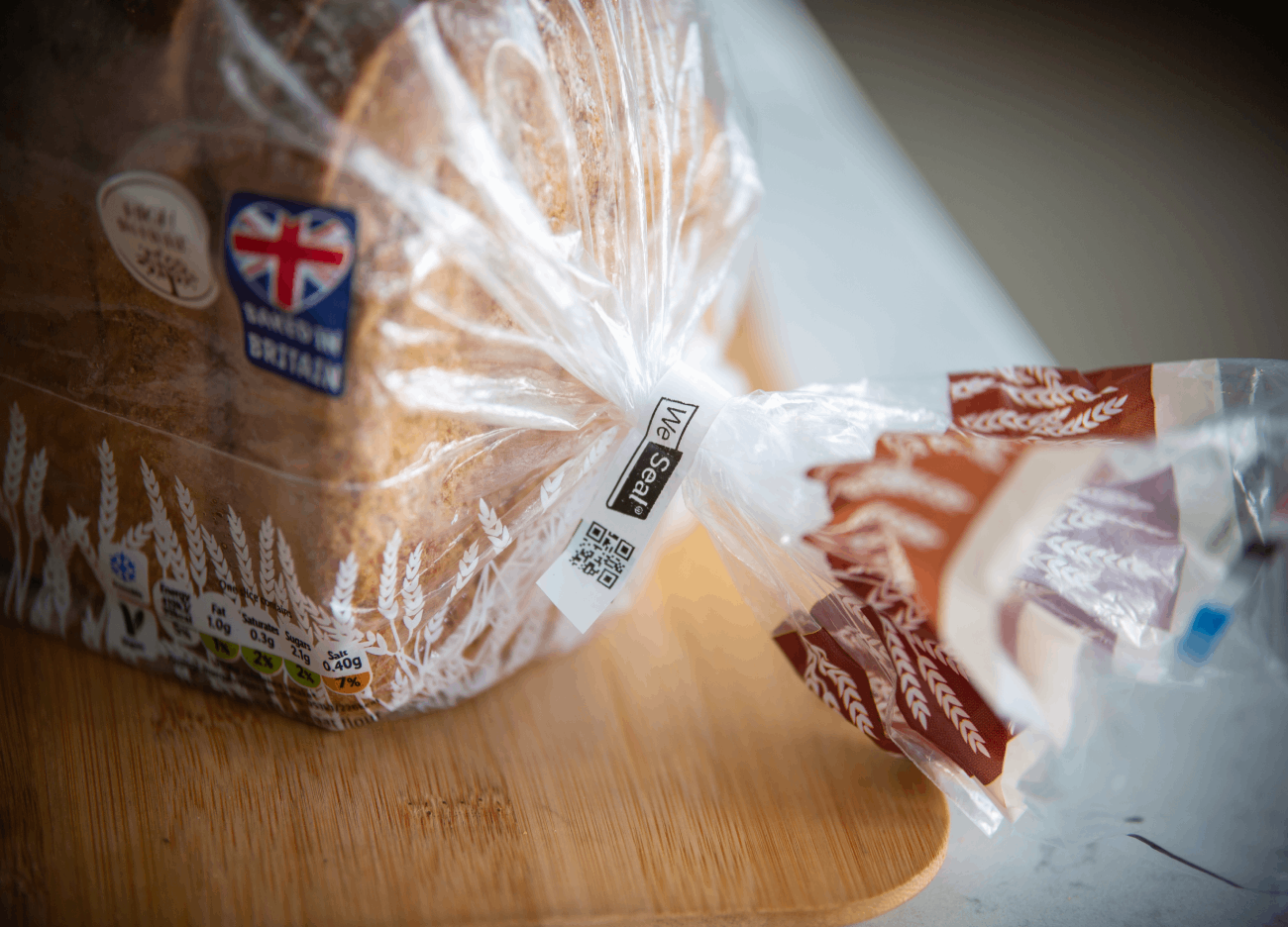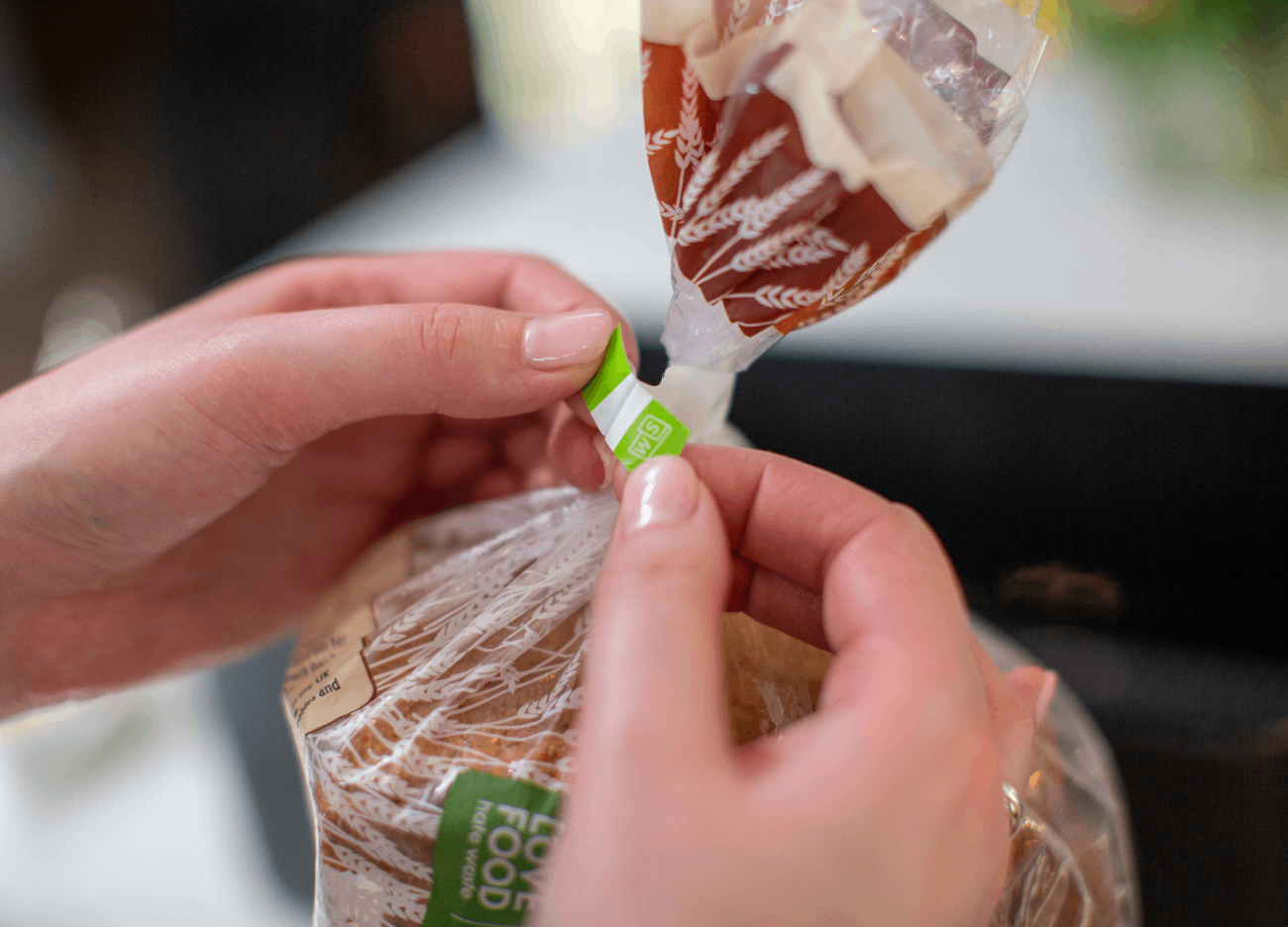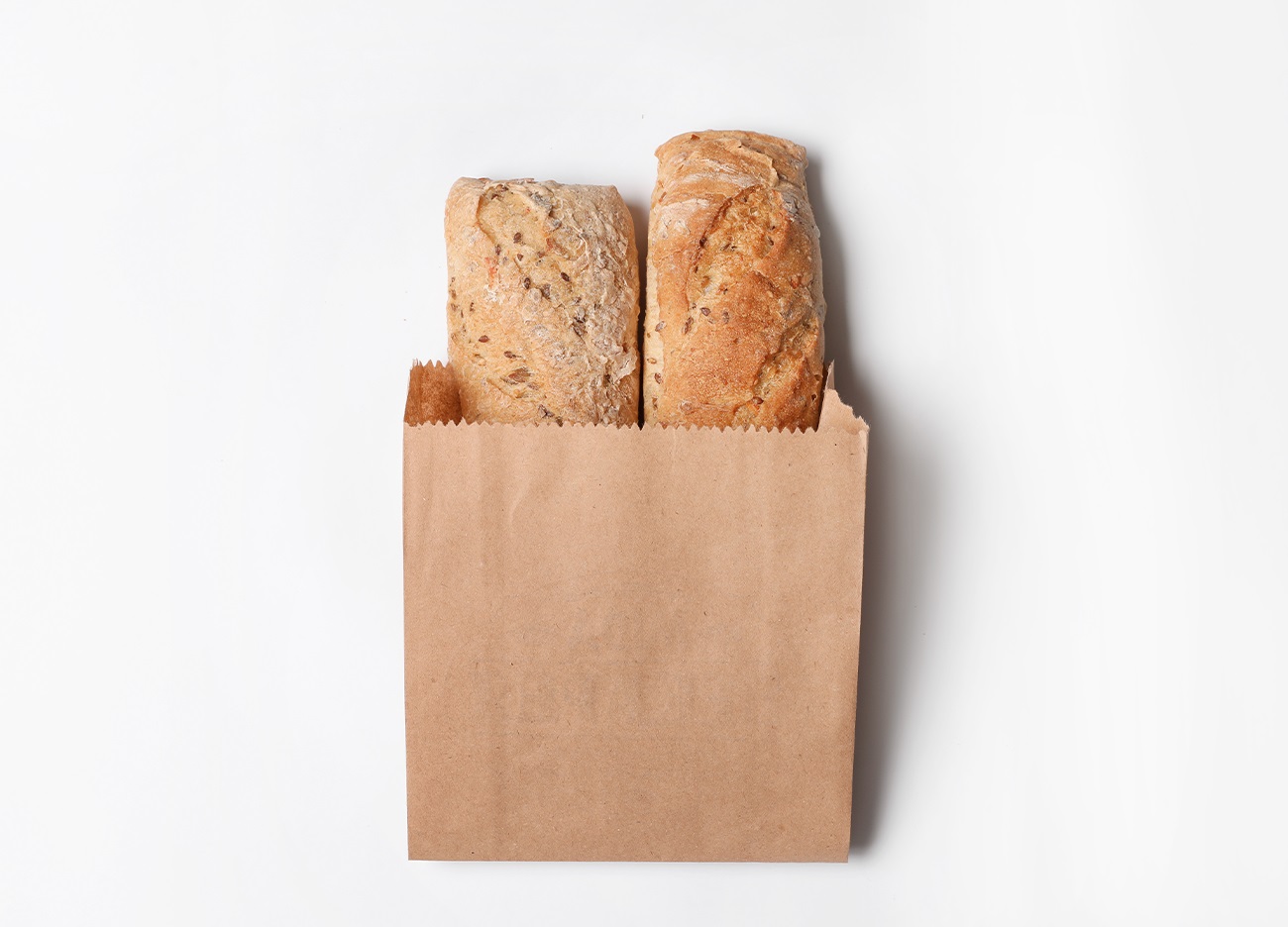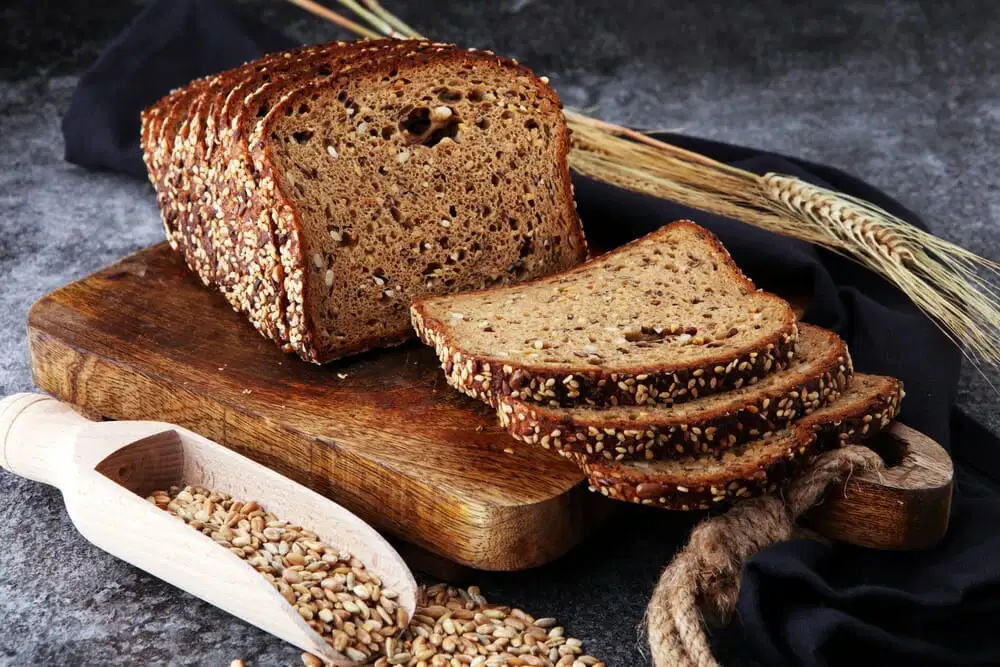
Bread at a time of crisis
Ok we’re not full on crisis but it’s feeling pretty tough for many people at the moment as a result of huge energy price hikes and difficulties in getting grain out of middle Europe coupled with what has been a very dry growing season in many places. And just to continue in this optimistic vein, it doesn’t look like it’s going to be get much better very soon!
But a bit like “a nice cup of tea” for the Brits that can solve any problem, bread has and continues to play a very important role. It does today and it always has done. Bread has historically been intrinsically woven and responsible for large parts of how civilisations and culture has grown and is relied on as a fundamental foodstuff
Most recently we had the global pandemic during which not only did commercial sales of bread increase by over 10% but there was an increased interest in and production of home baked bread. Who can forget the sourdough revolution? Who wasn’t making sourdough at home? Well apart from me and a lot of other people. Banana bread? But my point here is that bread became a way of bringing the family together, entertaining us when the news was awful and binge watching TV series had lost its interest. Bread, it seems has always played a role in our lives.
Some 30,000 years ago we have found evidence of millstones to grind grain. Then 10,000 years ago there is plentiful evidence of the Egyptians making bread on a regular basis. Closer to home still in 450BC it’s believed the most common source of making bread was to leave a piece of bread out from the day before (with sugar and water in) and serve it at dinner as a sourdough starter. You see sourdough – it gets everywhere!
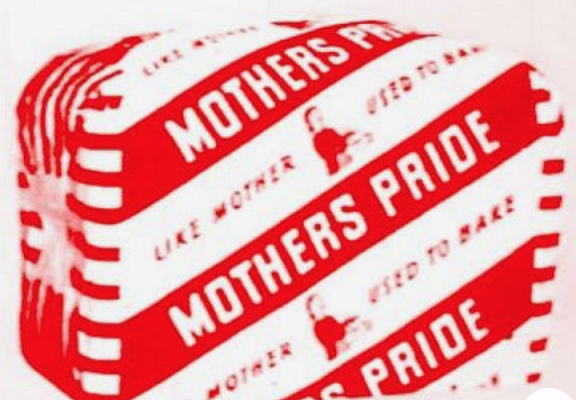
Later in Egypt before coins became currency, bread (and beer) were used to pay workers and bread was made to a consistent size and recipe so that everyone had the same level of nutrition.
Bread was (and still is) involved in politics. In Rome In 140 BC, Roman politicians enforced laws to keep the votes of the poorer people by providing a grain dole. This gave these members of society cheap food and entertainment, and became the fastest way for them to rise to power and probably keep the masses quiet at the same time.
During the French Revolution bread was one of several significant causes of rebellion. Mario Antoinette’s famous “let them eat cake’ demostrated how out of touch the aristocracy were with the people. This followed in 1789, when a plot was drawn up in Paris to instigate rebellion against the crown. The plot stated that the people must “do everything in our power to ensure that the lack of bread is total, so that the bourgeoisie are forced to take up arms.” It worked as shortly after was the storming of The Bastille. Such is the power of bread and it’s role to feed the nation.
Coming into the last century, bread was one of the items that was never rationed during the second world war in the UK as it was felt that to ration bread was to admit starvation and defeat. Bread kept the population going and fed when other foodstuffs were hard to come by.
In 1912 the first attempts at making a bread slicing began but it wasn’t until 1928 that it was successfully refined and sliced bread became common place. Of course slicing bread meant that it needed to be formally wrapped to keep it from falling apart, to keep it clean, fresh and edible and of course providing some opportunities for branding and advertising.
In the UK this was under the Wonderbread label. (image) and by 1933 in the US 80% of Americans were buying sliced bread. The saying “the best thing since sliced bread” was coined and the rest as they say is history! With the exception of one little blip during WW2 when the Americans were so hooked on its convenience that there was a national crisis when they could no longer access a bread slicing machine. As part of America’s war effort it was agreed to stop producing the slicing machines and save the steel. But this lasted only 2 months, such was the uproar and unpopularity of the move. Around the same time in the UK, rationing meant that loaves were only available unsliced until early 1950’s when rationing stopped and sliced wrapped bread returned.
Bread was initially wrapped in waxed paper and sealed with a sticker. Over time this was replaced with the polythene bag and some type of closure. The form we are most familiar with today which is better than waxed paper in terms of protection and carriage but also freshness and reduction of food waste.
Bread will continue to form an intrinsic part of world nutrition for the foreseeable although we expect to continue to see changes especially in packaging methods as better and improved ways of wrapping and sealing bread develop. Already recyclable wrapping options are commonplace and a reduction of plastic consumption is underway with the use of recyclate plastics and net zero production methods as demonstrated by both St Johns Packaging and We Seal
